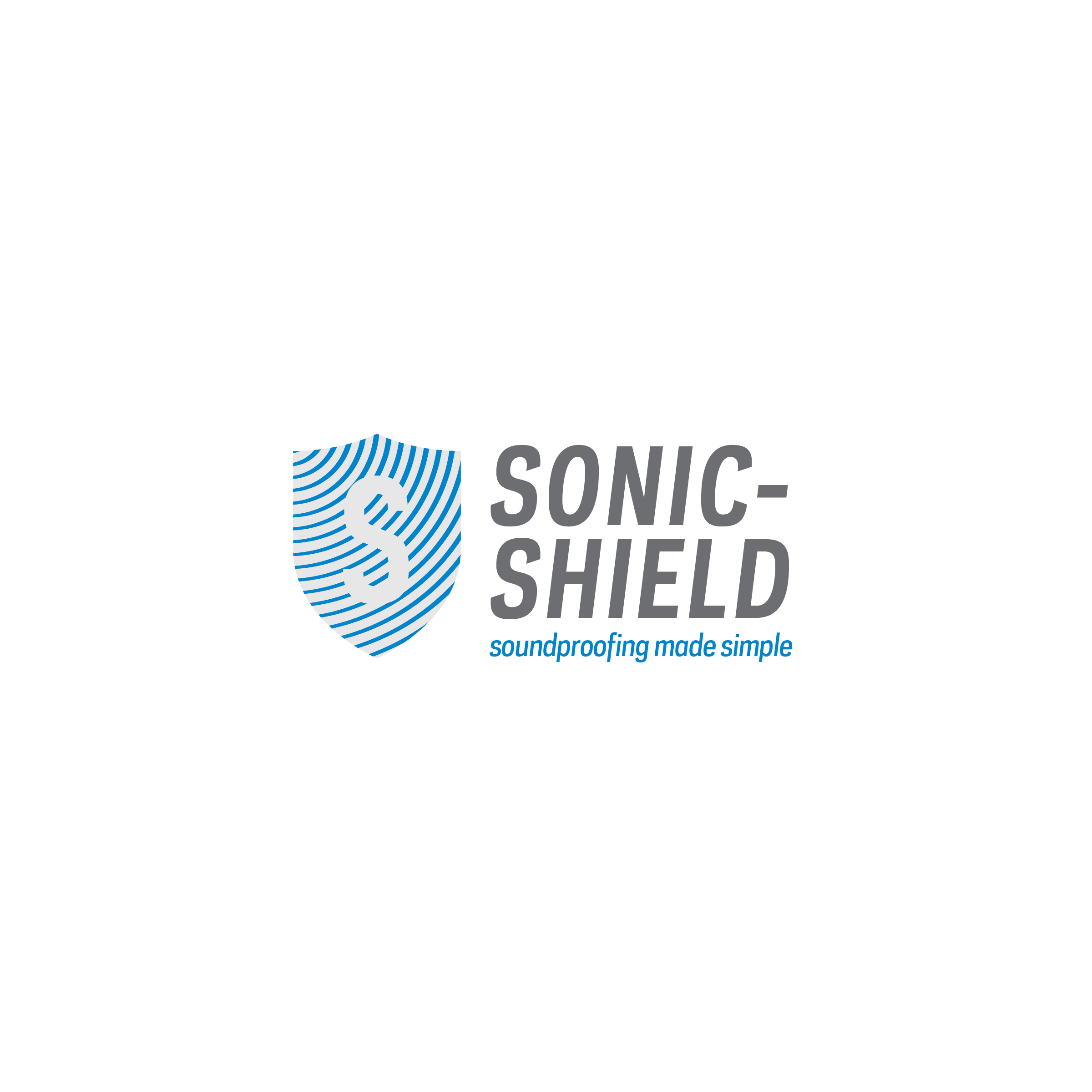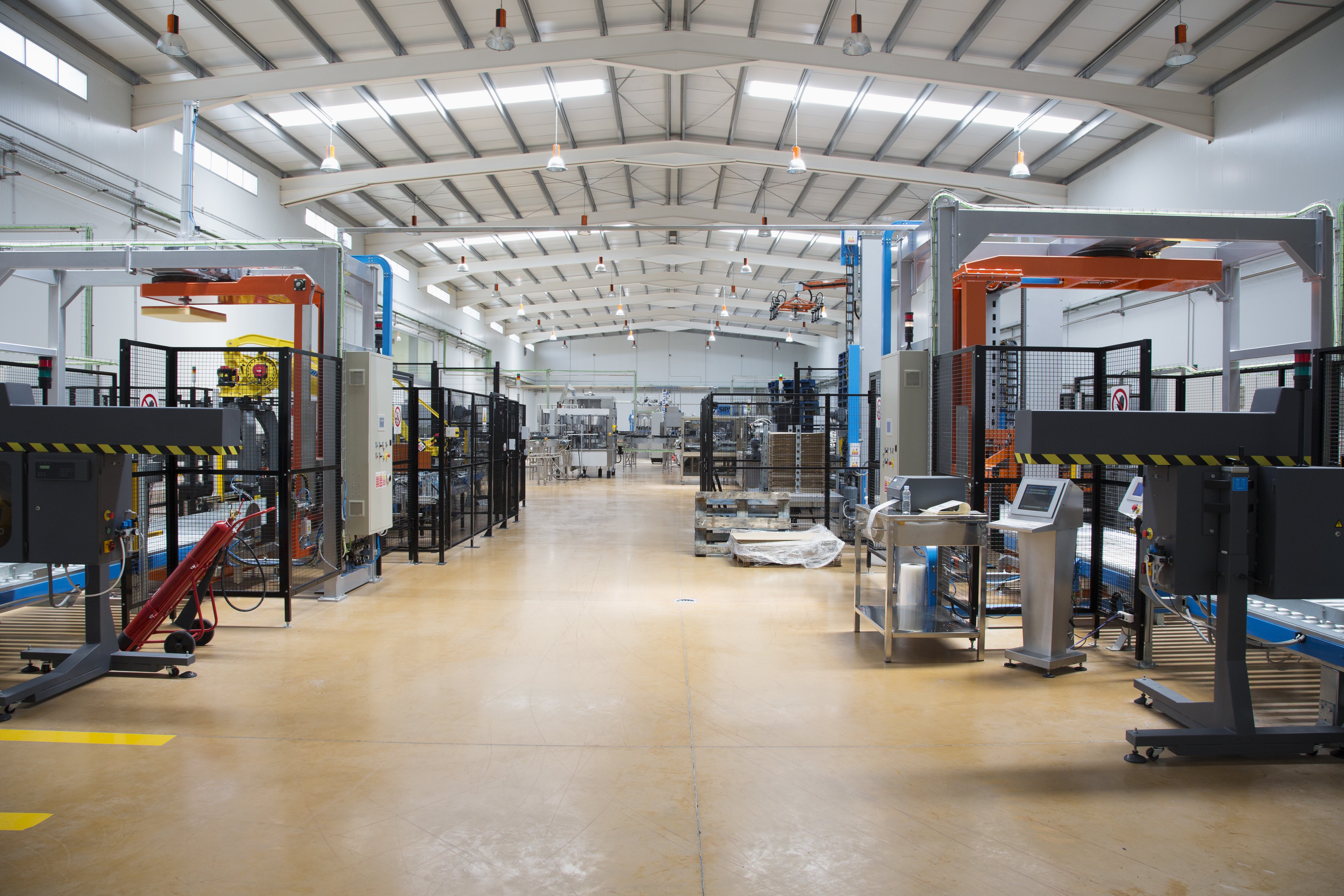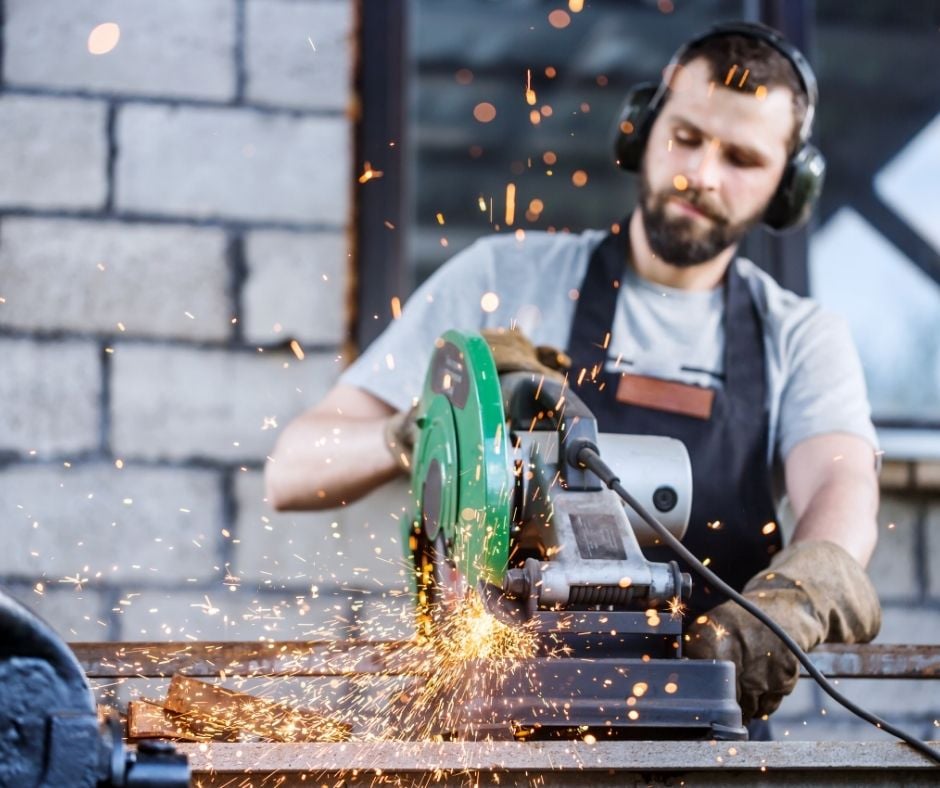
As a soundproofing company, we often – admittedly always – tout the benefits of the solutions we offer to reduce noise.
But this then begs the question: When experiencing a noise problem, is it possible to have too much soundproofing?
Surprisingly, depending on the specific noise problem, the answer is yes.‘But how can that be?’ you ask. ‘I have a noise problem and want it to go away. How can there be too much soundproofing?’
That response isn’t surprising when you consider that if there is an offending noise, the overwhelming assumption is that the optimal solution would completely eliminate it.
Understandably, many people assume that soundproofing is the complete elimination of sound but outside of a vacuum, complete soundproofing is impossible to achieve. So our goal has always been to not only share that reality with our clients and prospective customers, but also to instead focus on the reduction of sound pressure as a more apt and accurate description of ‘soundproofing.’
Understanding Sound
Let’s look at how we arrived at our position of the possibility of having too much soundproofing by starting at the beginning: understanding sound.
Soundproofing is any means of reducing sound pressure emanating from a specific sound source and impacting a clearly defined receiver.
Whether indoors or out, soundwaves are created by a noise source and travel many different paths to the party being impacted by the sound waves.


Once the noise source, receiver and noise transmission path have been identified, it’s time to determine what type of solution you will employ to reduce the impact of the sound waves on the receiver.
Soundproofing Solutions
Soundproofing product solutions can include but are not limited to …
- Barrier Products: Barrier products block the soundwaves from reaching the receiver.
- Diffusers: If a reflection from a hard, flat surface is causing a problematic echo, then an acoustic diffuser may be applied to the surface, scattering sound in many directions. This is effective to eliminate pockets of noise in a room.
- Absorption Products: Absorbing sound spontaneously converts part of the sound energy to a very small amount of heat in the intervening object – the absorbing material – rather than sound being transmitted or reflected.
And absorption is where it becomes possible to create too much soundproofing by absorbing too much sound in a given space. How can this occur?
Less Is More: Absorption Product Soundproofing
First, the science of sound.
A sabin is a unit of sound which measures how well one square unit of any surface material in a room can absorb sound reflections. All surfaces are averaged from 0 to 1.0 for their ability to absorb sound, with a ranking of 0 representing no absorbing ability and 1.0 representing perfect absorption over an averaged frequency response.
Second, the available solutions.
There are many different absorption products available, and selecting which one to use depends on several factors, such as frequencies – low, mid-range and high – the amount of cubic space to be treated, and how the treated space is being used, such as in a conference room, restaurant dining room, and more.
Third, the professionals.
It is possible to deaden a space acoustically by applying too much absorption material so to arrive at the correct amount of sabins or absorption material to be applied to the space in question, we gather dimensions of the space to be treated and determine the total cubic volume for the area to be treated.
We then complete a calculation on the reflection time that we believe will occur inside the space and assign reflective and absorptive values to the surfaces in the space, including fixtures and furniture to get a good idea of what the reflection time will be.
When sound waves hit a medium, the reflection of that sound is dependent on dissimilarity of the surfaces it encounters. For context, sound hitting a concrete surface will result in a much different reflection than if sound were to hit a softer medium, such as fiberglass.
Further, different spaces have different optimal reflection times. As points of comparison, an office, restaurant, or classroom should have a reflection time under one second while a large church or standard-sized auditorium will be acoustically comfortable with a 1.75 second decay time.
Once we complete our calculations, we know how many sabins are needed to accommodate acoustically. There are many different products available with high sabin content, and selecting which ones to use should be based on what your budget allows and the desired aesthetic.
When possible, we prefer our line of REVRB® Acoustic Panels, Baffles or Banners, installed using three strategies and techniques which …
- Absorb sound
- Block sound transmission from one place to another
- Cover and mask the sound
You’ve Got Noise. We’ve Got Solutions.
Whether we use our own line of acoustical products or other absorbent products available on the market today, we make sure that our suggested solutions are based on science, not guesswork.
Be sure that whoever you work with to solve your noise problem is prepared to explain the testing they use, the science behind their recommendations, and the available options for you to consider.
And remember, there really can be too much of a good thing.




